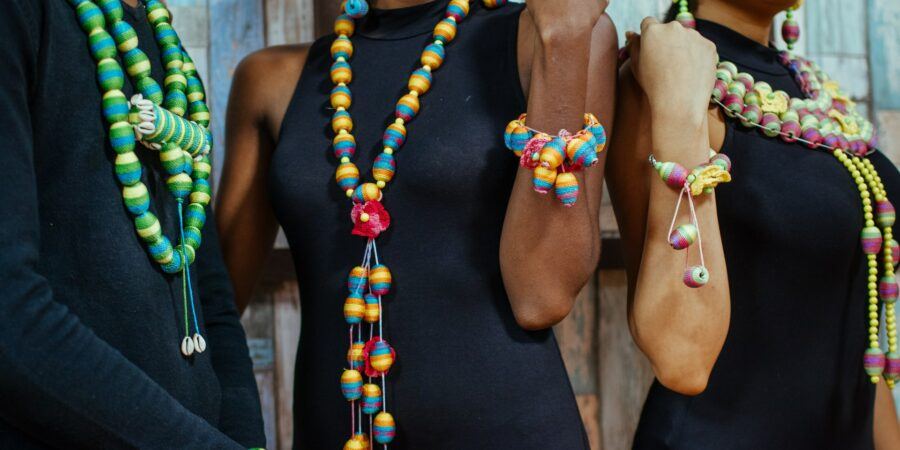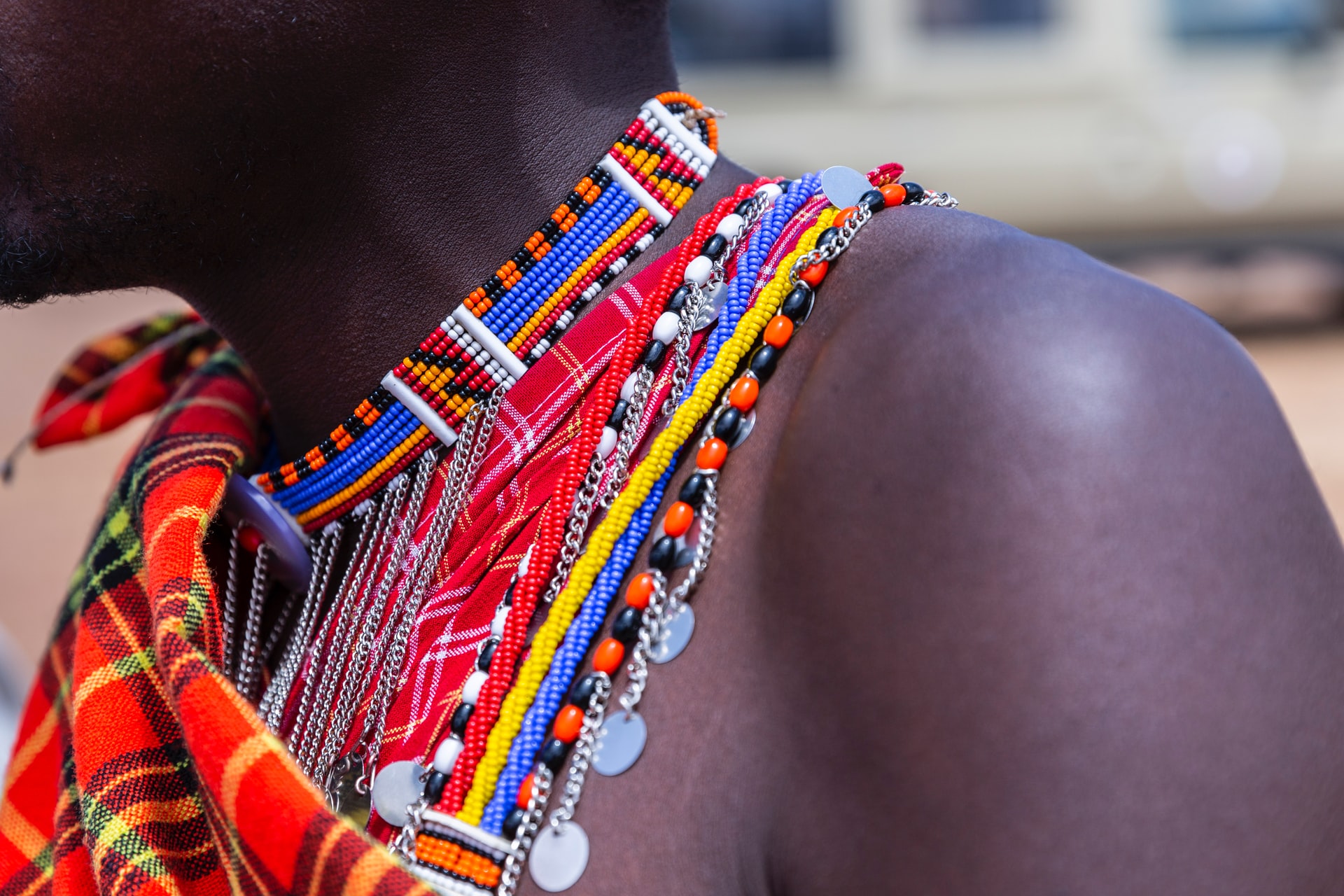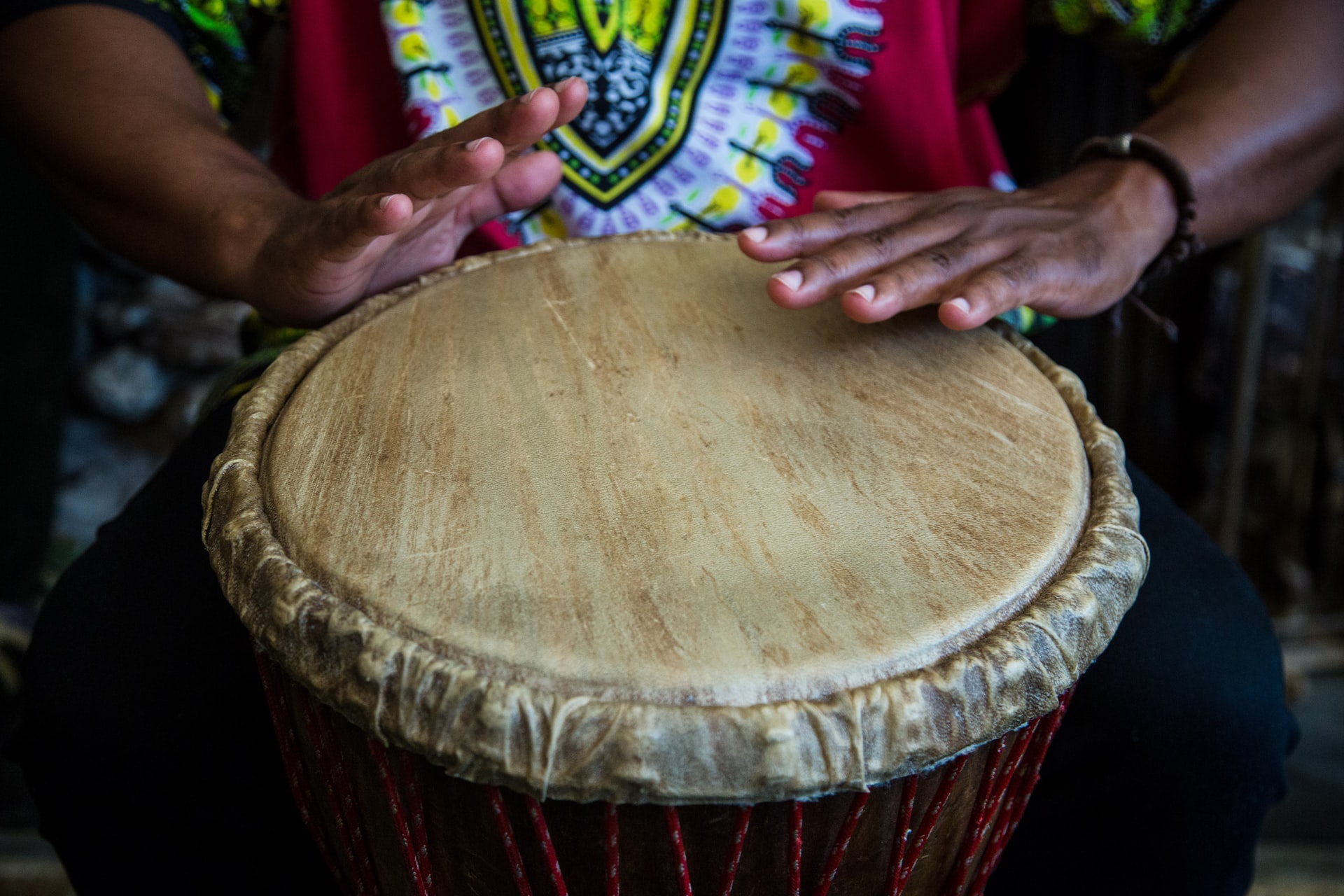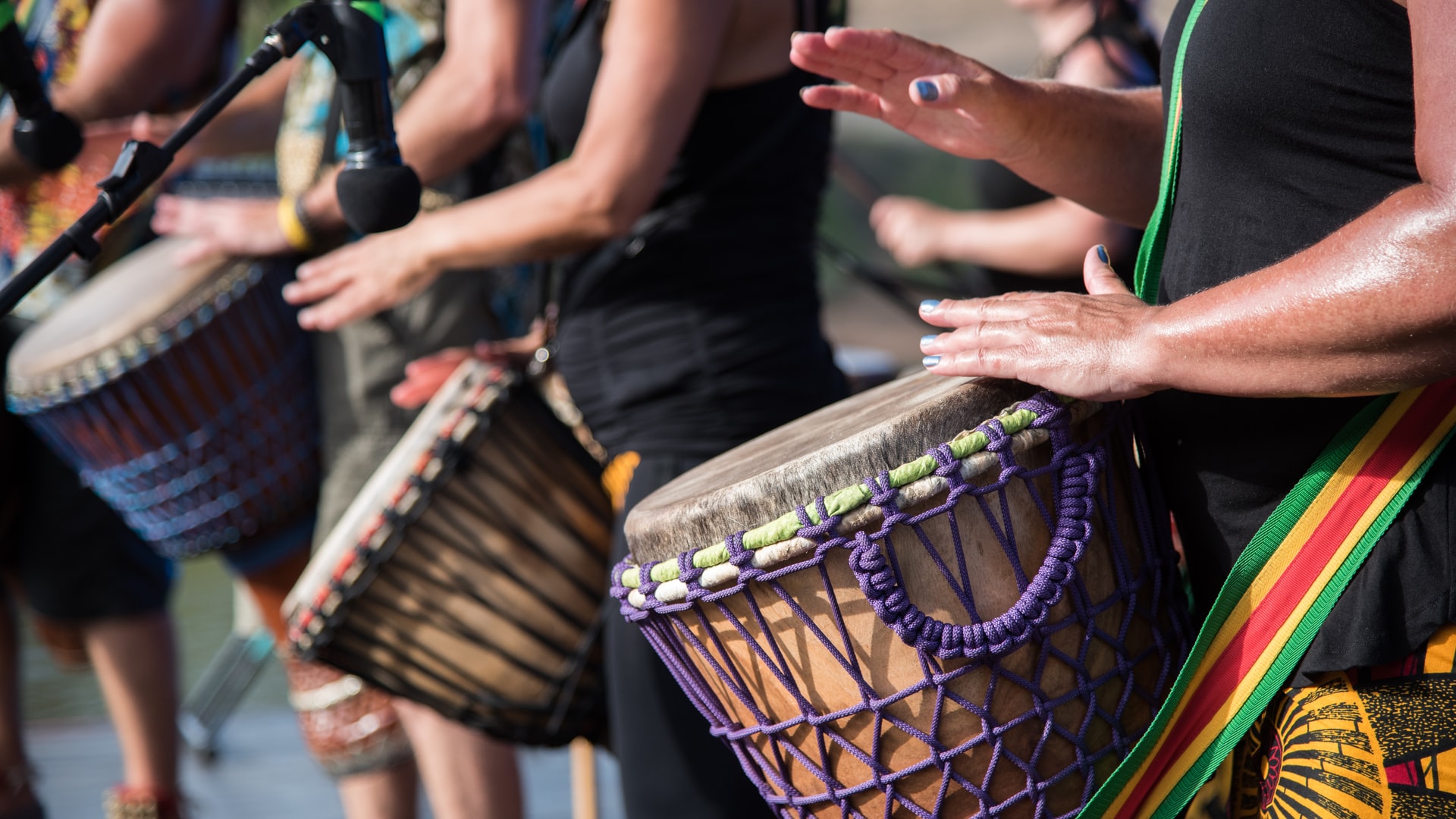Every Country Has Its Own Unique Version Of This Rich And Diverse Culture:
When it comes to African culture, the “self” isn’t something apart from the rest of the world; it’s part of everything. There is a wide range of African unique cultures, not only within countries but also around the countries.
An individual becomes a person of will through interactions with others in his or her society and environment. Whose judgments and actions have an impact on the entire group rather than simply one person.
Art, music, and oral literature of every ethnic group reflect the importance of family to that group’s culture. People in Africa are multilingual, religious, and live in a variety of structures around the continent.
African tribes and ethnic groups have customs that are all their own. Each group’s customs and traditions have been woven into a fabric as vibrant as the one they come from.
Africa’s music is as diverse as its people. Indigenous people make up the great bulk of the population in Africa.
However, for hundreds of years, people from all over the world have been migrating to Africa. Arabs began migrating from the Middle East to North Africa in the 7th century A.D., bringing Islam with them.
Art From The African Diaspora:
Sculpture, weaving, beading, painting, pottery, jewelry, headgear, and attire are all forms of African unique art and craft that are indigenous to the continent. The majority of the time, masks serve as a symbol of someone’s religious or spiritual views.
The qualities of regional art vary according to the people’s beliefs, values, and customs. In traditional ceremonies, they honor deities or ancestors by burning them.
Clothing:
Some civilizations dress in bright colors, while others dress in muted colors with sparkly threads and less jewelry but still wear bright colors. From north to south, religious beliefs and cultural customs all influence the style of clothing people wear across Africa.
Food From The African Diaspora:
The environment has a significant impact on the kind of foods that people eat across Africa. Many different ethnicities’ cuisines have a wide range of similar foods. Grain, vegetables, milk, fruit, and animal products are common ingredients in most cuisines.
African Music:
Because of the continent’s diversity, African music has been affected by music from other parts of the world as well. Drums and singing are common instruments in southern African traditional music. Thumb pianos and fruit or vegetable rattles with seeds inside serve as an accompaniment to such instruments.
Instruments Of music:
Some of the most common instruments found in Sub-Saharan Africa are listed below.
Idiophones:
In this class, the instrument’s material itself produces music without the use of strings or stretched membranes because of its solidity and flexibility. They can be categorized based on their musical purpose into instruments that primarily play rhythm. A number of different strains have been melodically tuned.
Struck objects produce different sounds than shaken objects, which are sounded through friction. Idiophones abound and all over North America.
Idiophones That Have A Rhythm:
Which makes a thud or a concussion sound abound. For instance, there are rock gongs and stone handclaps, as well as wooden handclaps and percussion beams.
Africa’s western and central regions also employ stamping sticks for this purpose.
Long open-ended gourd stamping tubes are just as common as stamping tubes made of bamboo. Certain women’s songs in Ghana and Nigeria are accompanied by this instrument.
The sistrum, for example, it’s made up of little metal discs that suspend from a rod in various ways. Is significant to the Coptic and Ethiopian Orthodox Churches, as well as in Guinea. Bottle tops used instead of traditional Shona snail shells in Zimbabwe like Mbe Dza Vadzimu.
Hollow rattles, made of a gourd encased in a net of shells or beads, or of a container like a calabash filled with seeds or stones, more often used.
Xylophones:
In Africa, two distinct xylophone species:
There are two types of locks: one has fixed keys, while the other has free, unattached ones.
In Uganda and Congo, a single instrument can be played by two to six people. The West African kingdom of Mali is said to have had a calabash-resonated xylophone as early as the mid-14th century.
In the 16th century, the east coast of the United States reported seeing instruments of a similar design. The construction of fixed-key xylophones is more complex. A calabash resonator with a mirliton attached to give the sound a buzzing quality commonly mounted underneath each key.
Drums With Cut-Outs:
Instruments that fall somewhere in the middle of the rhythmic and melodic spectrum. The slit drum, a hollowed-out wood instrument, is the largest and most recognizable member of the African unique struck-idiophone family. In addition to using it as a means of sending communications.
Slit drums are commonly used in West and Central Africa alongside membrane drums and other instruments. The instrument may be tuned to produce up to four separate tones by carefully thinning the flanks in appropriate areas.
Languages Of Africa:
Africa is home to tens of thousands of different dialects and languages. Even the smallest African countries have their own African unique set of languages. Arabic’s widely spoken in North Africa, while Swahili’s widely spoken in East Africa.
However, several African countries were formerly colonial territories of Europe. Many people are fluent in Creole or Pidgin English, as well as Portuguese and French Creole and Pidgin.
Some Intriguing Afro-Asian Traditions:
Men in Sudan’s Latuka tribes still known to kidnap a woman they intend to marry, according to legend. A Latuka man returns to the father of his bride-to-be after he has taken her as his wife. The Ahaggaren Tuareg clan of Algerian men wears a veil nearly all of the time. Occasionally removing them when traveling with a large family or party to provide sun protection for their skin
To keep their skin red, the Himba people of northern Namibia use a mixture of red dirt and milk fat on their bodies. As a result of the scarcity of water, they also wash their hair with wood ash.





